Running is a sport highly prone to overuse injuries. It is a very repetitive movement that only works one plane of motion. Furthermore, the force generated by each foot strike is equivalent to about 3 times your body weight. With that in mind, it is important to prehab your body in order to prevent injuries. Here are a few exercises runners can incorporate into their workout to build strong, resilient bodies.
Gait Mechanics
With an average cadence of 150 to 170 SPM (Steps Per Minute) minor gait abnormalities can have a significant issue. In addition to reducing injuries, improving your gait can increase running efficiency and performance.
This exercise helps to correct your gait by retraining the movement pattern and muscle memory by focusing on positioning and alignment while slowly moving through the gait cycle.
The first part of this exercise focuses on the positioning of the lower leg and foot during the swing phase in relation to the rest of your leg and body. This phase sets the foot up for contact with the ground, therefore it is important to create a stable and strong base for the initial contact and then propulsion. Focus on turning your heel outwards and your toes inwards. The movement should come from your shin bone.
With the proper positioning of the foot and ankle in mind, begin to incorporate it into the full swing phase of the gait cycle. Holding it in place as you swing the leg through and prepare for the initial contact with the ground.
Perform this exercise as part of your warm up prior to a run for optimal benefit.
Strong Hips
Strong hips not only help runners increase power and speed, but also reduce injuries by improving balance and muscular strength.
This exercise combines a side plank with a clam shell, to work your obliques and glute medius, which helps to stabilize your hips while running. To level up, you can add a band, but it is totally optional.
Start in a modified side plank with your knees bent, band around your thighs, and your elbow inline with your shoulder.
Engage your core and glutes as you lift your hip off the ground.
Hold the side plank position as you begin to open and close your top leg.
Really focus on keeping your hips stacked and lifted by engaging your glutes.
Tight Hip Flexors
Our Hip Flexors play a major role in the overall function of our lower body and are essential for walking and running.
The hip flexor muscles are located at the front of the body and consist of the Psoas and Iliacus. These muscles have attachments on the lumbar spine, the pelvis and the femur. As a result, weak and/or tight hip flexors can impact your lower back, pelvis hip and knee function.
Runners are very susceptible to hip flexor related injuries as these muscles are responsible for lifting the thigh up to allow you to step or run. This exercise is deceptively challenging (seriously!), especially if you have weak/tight hip flexors. Start off slow and if you feel a pinch or sharp feeling in the front of the hip discontinue the drill and see a rehab practitioner to assess your hips. This exercise can be done using either a squat rack or doorway.
Lay down on your back and position yourself with one foot resting on the rack or doorway and the other leg straight.
Your thigh should be positioned so your hip is just past a 90 degree angle towards your chest.
Begin to contract your deep hip flexors by lightly driving your knee towards your chest. This will lift your foot away from the squat rack or doorway.
At the same time, your other leg should be counteracting the motion by straightening and pressing down hard into the ground. Keep the back straight.
Hold for 3 seconds and then release to the starting position.
Perform 5-10 reps for 1-3 sets per side or until fatigue.







